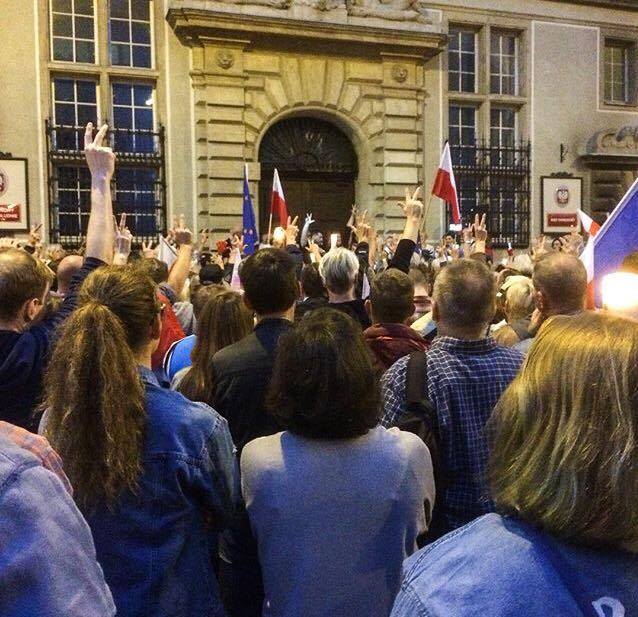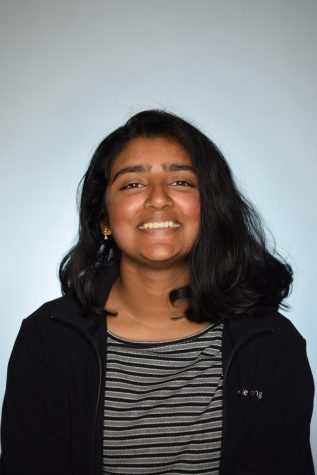The group in Gdańsk was small, compared to the large crowd at the Feb. 4 “No ban, no wall” protest in San Francisco that he’d been to previously, but the decibel levels at this protest were just as strong. And so were the protesters’ convictions, as new chants started every three minutes, shouts of “two down, one more to go!” spreading throughout the crowd.
On July 21, Poland’s lower Parliament passed a bill that would have allowed the populist government there to push all of their Supreme Court judges into retirement. In response to this, protestors lined the streets in defense of the separation of powers and against the signing of the bill by Poland’s president, Andrzej Duda. Following these protests, the president vetoed the first and second proposed bills, which would affect the Federal and county level respectively. Soon after, protesters took to the street once again to protest the last of the three proposed bills, which would affect the local levels.
Senior Jeremi Kalkowski considers himself to be both American and Polish, his dual citizenship being a perfect example of this. When he’s at school, he speaks English and acts more American, but when he gets home, he switches to Polish. Every summer just after school ends, he goes back to Poland with his family and doesn’t come back until right before school begins again. This year, when he returned to Poland, he watched as protests unfolded across the country,including Gdańsk, a city near him.
One day after the president vetoed the first and second bills for the federal and county level, but had yet to veto the bill for control over the local level, protesters took to the streets once again to push for the third and last of the proposed bills to be vetoed. Kalkowski’s mother, a foreign news correspondent who reports on American news for Polish radio stations, was going to the protests and asked if he wanted to come along. Kalkowski decided to go, despite being unsure of what he would do there.
“I initially came in and was watching and was like, ‘Wow, that’s a really loud crowd of a lot of people, and this looks very interesting,’” Kalkowski said. “But once the chants started going, and once they started having speakers I’m like, ‘They’re talking sense.’”

And as he continued to watch, he felt compelled to join in.
“[I was watching and thinking to myself] ‘You know what, I think it’s the right thing for me to just join in and just to lend my voice to a larger goal,’” Kalkowski said.
When he joined in and listened to the speakers, Kalkowski found himself standing just yards away from Lech Wałęsa, not only a former president of Poland, but the co-leader of the Solidarity movement in the early 1980s. He found it fascinating to be standing by someone who had been a part of the history of Poland.
“You definitely don’t feel like you’re the one making history, but you are the one being part of history, which I think is a very subtle but important distinction,” Kalkowski said.
As he took part in the protest, Kalkowski noted the more restrained atmosphere of the protest, which remained respectful without losing any of its impact. To him, the mood of the protest seemed to be more optimistic than previous protests in places such as Warsaw, based on what he saw in the news, as two of the proposed bills had already been vetoed. The previous protests in Warsaw had taken place before the President had vetoed the first two bills.
The protest, which took place by the court house, was across the street from a hospital and Kalkowski remembers being impressed by how the crowd, there to protest for the ideologies, would move to the side for the ambulances driving by with their sirens flashing to get by, before moving back and continue to protest.

It took two days and some reflection on the protest, however, for Kalkowski to really feel the impact of the protest.
“You never stand out, you’re part of a larger collective,” Kalkowski said.”That definitely lends itself to the feeling of ‘I am here, I am part of this and I am adding whatever I can to this larger idea that can hopefully influence events in the future and in the present.’”









